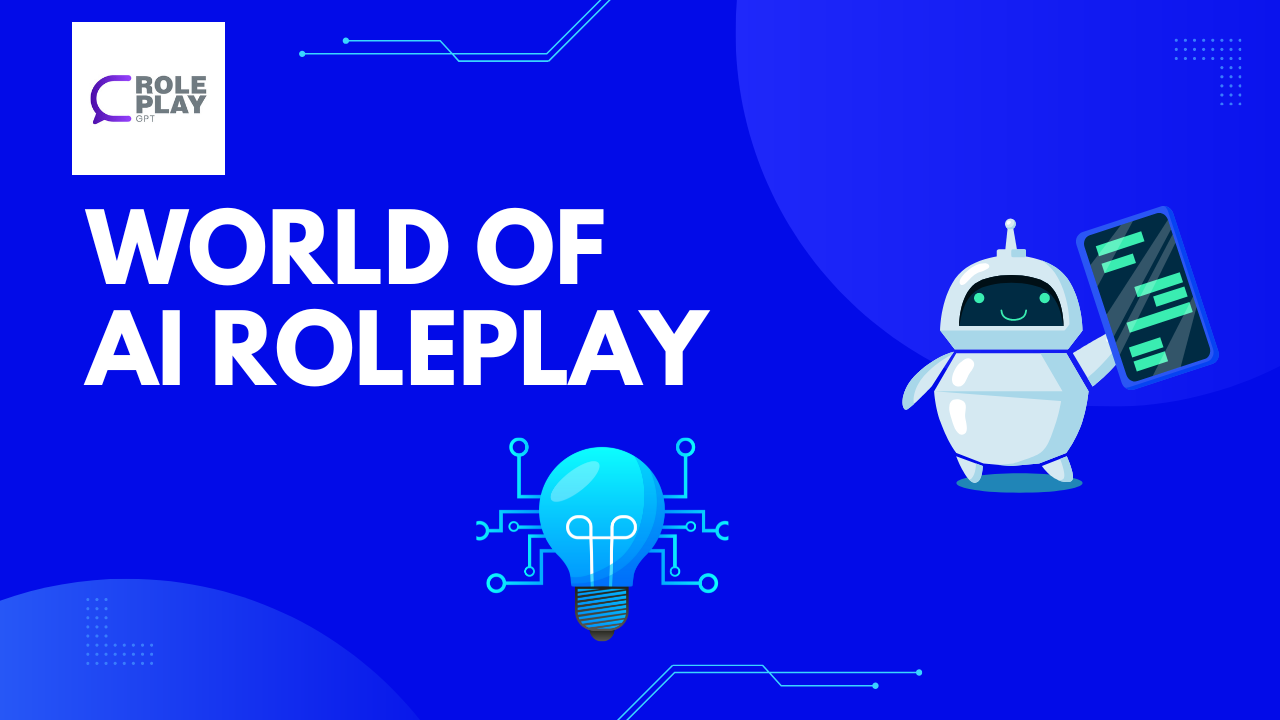Creating the perfect antagonist in a story or game involves much more than just deciding on their evil deeds. A memorable villain is complex, with motivations, a backstory, and characteristics that resonate with or challenge the audience. Roleplay AI, an innovative tool in character design, offers writers and game developers an unparalleled resource in developing these intricate characters.
Understanding the Villain’s Motivation
The Importance of a Compelling Backstory
Every villain begins somewhere. A detailed backstory not only adds depth to the character but also makes their actions and motivations understandable, if not relatable. Roleplay AI assists creators in generating intricate histories for their villains, considering factors such as past traumas, pivotal life events, and influences that shaped their worldview.
Goals and Ambitions
The most engaging villains possess clear goals or ambitions. These objectives can range from world domination to a personal vendetta against the hero. Roleplay AI can help outline these goals in detail, ensuring they align with the villain’s backstory and motivations.
The Psychology of a Villain
Fear and Weakness
A villain without fear or weakness often feels unrealistic and unrelatable. Roleplay AI aids in weaving these human elements into your antagonist, creating a multi-dimensional character that audiences can understand on a psychological level.
Intelligence and Strategy
A great villain is often one step ahead of the hero, showcasing high intelligence and strategic thinking. Roleplay AI can generate complex schemes and plans that align with the villain’s goals, making the conflict more engaging and the story more unpredictable.
Physical and Aesthetic Characteristics
Defining Appearance and Style
The visual aspect of a villain plays a crucial role in how they are perceived. Roleplay AI offers tools to define unique and memorable appearances, from clothing style to physical features, ensuring they stand out in the reader’s or player’s mind.
Tools and Weapons of Choice
The choice of tools, weapons, and resources reflects a villain’s personality and approach to achieving their goals. Roleplay AI can list specific items that complement the character’s skills and strategies, adding another layer of detail to their persona.

Crafting the Villain’s Lair
Location and Design
A villain’s lair is as much a part of their identity as their appearance or backstory. Roleplay AI enables creators to design detailed settings that reflect the villain’s tastes, achievements, and the extent of their power, from a high-tech fortress to a mystical hidden temple.
Security Measures and Traps
No villain’s lair is complete without defenses. Roleplay AI helps in devising ingenious security measures and traps that challenge the hero and demonstrate the villain’s cunning and resourcefulness.
Conclusion
Designing the ultimate villain requires attention to detail and a deep understanding of character complexity. Roleplay AI stands as a powerful ally in this creative process, offering tools and insights that enrich character development and enhance storytelling. By leveraging Roleplay AI, creators can ensure their villains are not just obstacles for the hero but memorable characters that add depth and intrigue to the narrative.